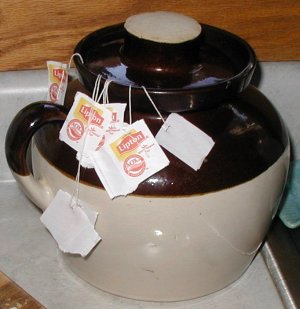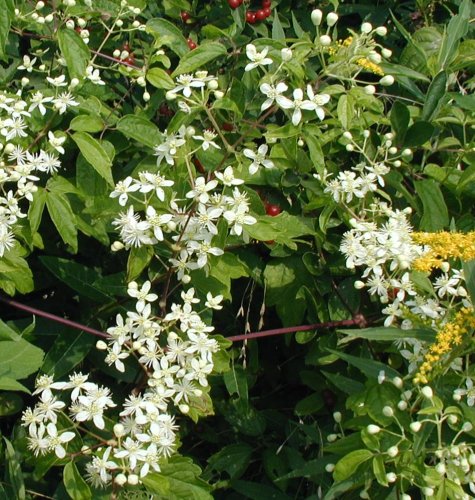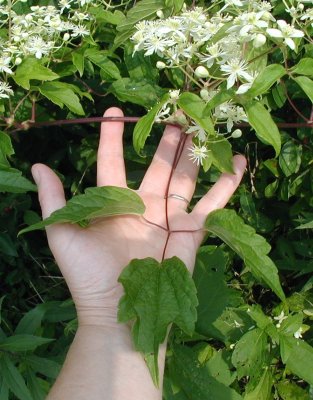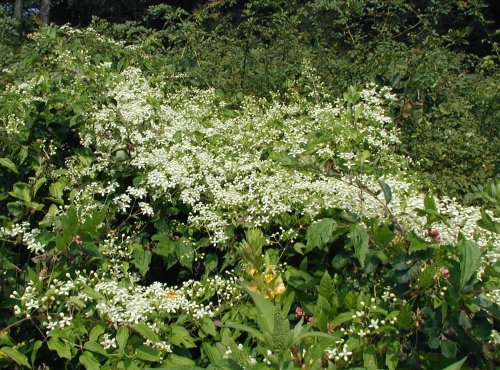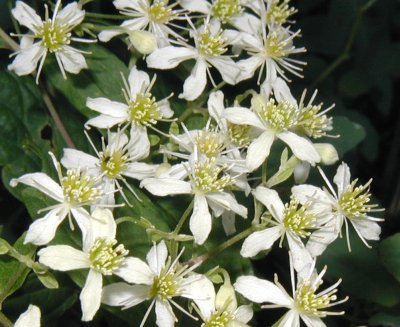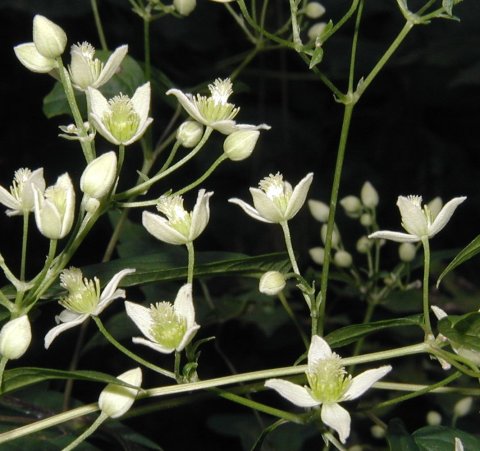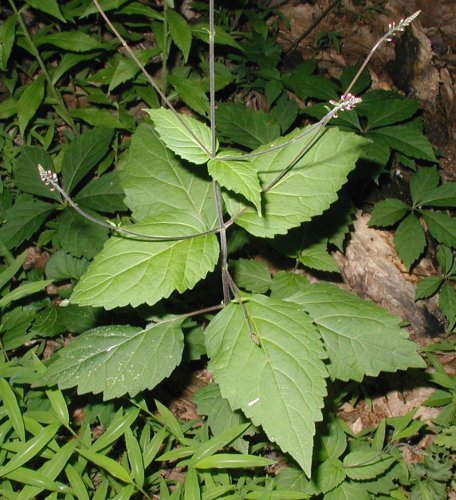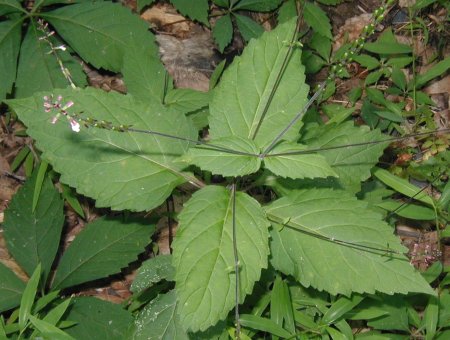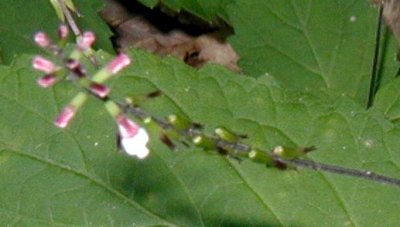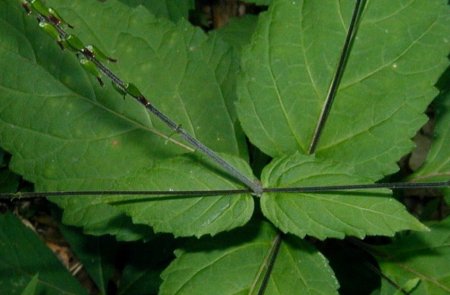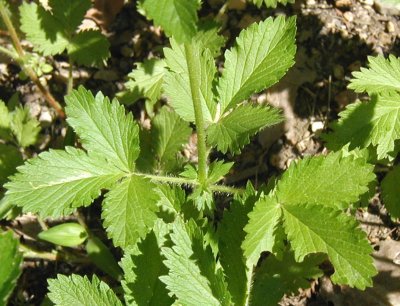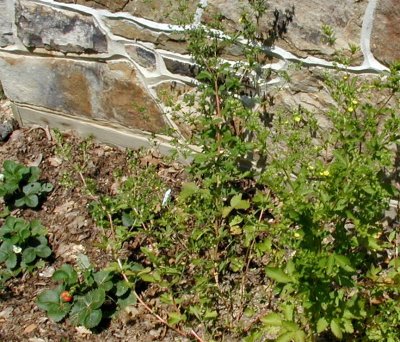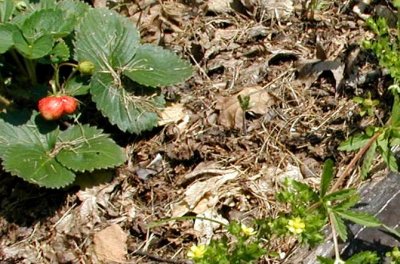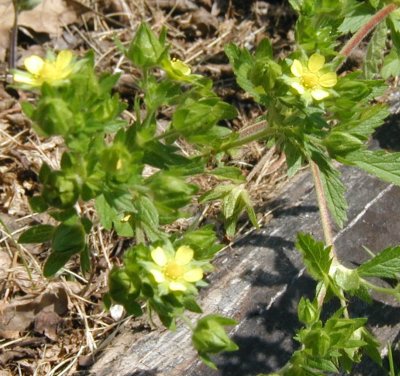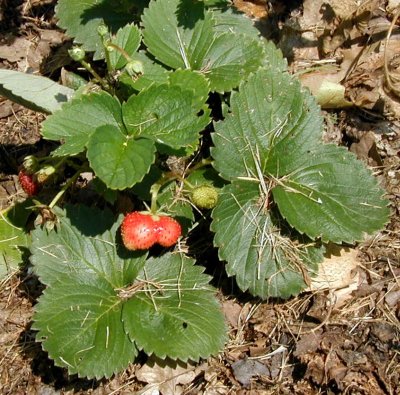Making jelly is easy when you follow the directions supplied on the box of fruit pectin. Different brands of fruit pectin may be favored by some people for certain jellies or jams, but I don’t have enough experience with using different brands to recommend one over the other. The brands of fruit pectin that we find in our grocery stores are Sure-Jell and Certo. Each little box contains enough fruit pectin to make 5 to 10 cups of jelly or jam, depending on the kind of fruit that you have available and on whether you’ll be using the fruit itself to make jam or just the juice to make jelly.
We figured that elderberries were most like the drupelets of a blackberry drupe, so we followed the recipe for blackberry cooked jelly from the Sure-Jell Premium Fruit Pectin directions.
For the elderberry jelly we cut enough elderberry clusters to half-fill a five gallon bucket. The bucket made to easy to carry scissors into the field and to carry out the elderberries without losing any of the ripe berries that fell off the clusters.
We plucked the berries from the clusters with a twisting motion and collected the berries into a large bowl. From having done this once before I knew that we needed 8 cups of berries for the cooked jelly recipe. We probably didn’t have to remove all the berries from the clusters for making jelly, but at that point of the process we were undecided whether we’d make jam or jelly. Since elderberries have a sizable seed, we decided to make jelly.
For crushing the berries we used a potato masher and crushed about one cup at a time. The berry mash was transferred into cheesecloth that was draped over another large bowl. The cheesecloth was gathered up and hung from a cupboard door to let the elderberry juice drip into the bowl.

Elderberry juice dripping into a large bowl. Use metal bowls instead of plastic – the plastic ones get sticky from the elderberry juice. Photos taken 15 August 2008.
Set aside most of a day to finish making jelly. It takes a bit of time to collect the juice and inevitably you’ll have to get your hands purple when you squeeze out the last of the juice from the berry mash. It’s ok, it washes off fine with soap and water.
We measured out 3 3/4 cups of elderberry juice into a large Dutch oven, or 6 quart pot, on the stove and added the contents of the fruit pectin packet. Heat was turned on medium-high and the mixture was stirred with a large spoon until the fruit juice-pectin mixture boiled.
Once the boiling was rolling, 4 1/2 cups of sugar was added all at once. With constant stirring the sweetened mixture was brought up to a rolling boil again and left to boil for one full minute.
Jars that had been run through a light cycle in the dishwasher were set up on the counter. Lids were placed in a skillet and boiling water poured over them – they were left to set in the hot water until needed.

Hot elderberry jelly just taken off the heat and sterilized lids in skillet.
Once the jelly mixture was boiled for a minute, heat was turned off and the hot jelly was ladled into the presterilized jars – one at a time. A jar was filled to within 1/8 inch of the top, the rim and screw threads were wiped clean, the lid taken out of the hot water, excess water was shaken from it, then the lid was placed on the jar. The screw band was screwed onto the jar and the jar was tipped over onto its top. Note: tipping jars is not a recommended method of sealing jars, and instead, one should use a canner to give a proper heat seal.
Once all jars were filled, the jars were placed upright in an area where they would not be disturbed until the next day. As the evening went on we heard the lids pop as they became sealed.
The next day we checked that each lid was sealed by pushing firmly on the top of each lid. Any of them that clicked were promptly placed in the refrigerator to be eaten first. The jars that were sealed were labeled and stored in the pantry. Our recipe made 3 pint jars and 4 half-pint jars.
Next August, here’s the supplies that you’ll need to make cooked elderberry jelly:
8 cups elderberries taken off their clusters
potato masher to crush berries
4 1/2 cups sugar
1 box fruit pectin
cheesecloth
string or clamps to tie up the cheesecloth
large bowls
liquid and dry cup measures
large pot to cook in
large spoon for constant stirring
sterilized jars with lids and bands
skillet for lids
boiling water to sterilize lids
paper towels for wiping the jar rims
ladle for adding hot jelly to jars
jar labels
The major brands of fruit pectin do have reduced sugar or sugarless versions, so if you’re diabetic there is still a way for you to enjoy elderberry jelly or jam.
Give it a try and have some fun! The small half-pint jars make great gifts!
